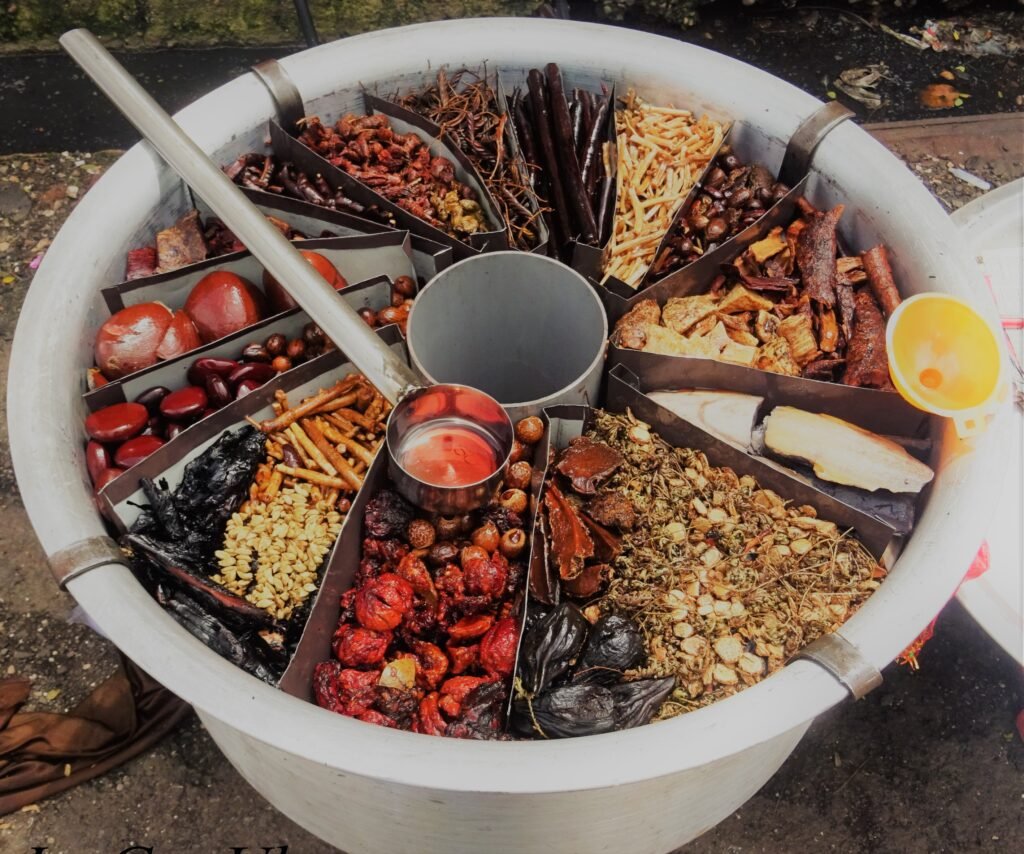Imagine standing in a candlelit room, surrounded by the scent of crushed herbs, as someone carefully transcribes remedies from a crumbling, centuries-old manuscript. In recent years, scientists and historians have dusted off the pages of ancient medical texts, only to discover that some of humanity’s oldest healing recipes are more than folklore—they’re blueprints for botanical power. The thrill of rediscovery pulses through laboratories and libraries alike, as modern research uncovers the real science behind remedies that once seemed like mere superstition. Could it be that our ancestors, guided by observation and intuition, held secrets we’re only just beginning to understand? Let’s journey through the fascinating world of resurrected ancient recipes and what they reveal about medicine, nature, and ourselves.
The Allure of Ancient Wisdom
There’s something almost magical about the idea that people thousands of years ago understood how to heal with plants, minerals, and even animal parts. Ancient medical texts, from Egyptian papyri to Chinese bamboo slips, have always hinted at a deep knowledge of the natural world. Today, as we revisit these yellowed pages, we’re struck by the precision and creativity of ancient healers. They didn’t just stumble upon solutions—they experimented, observed, and refined their recipes over generations. This wisdom is not only fascinating, but it also challenges our assumption that the past was primitive. In reality, many ancient remedies were grounded in careful empirical observation—some even rival our modern standards of testing and documentation.
Decoding the Language of Remedies
Translating ancient medical texts is no walk in the park. The language is often poetic, metaphorical, and laced with cultural meanings that are easy to misinterpret. Scholars spend years cracking the codes hidden in these manuscripts, piecing together not just the ingredients, but also the methods and intentions behind them. For example, a “cooling” recipe in Traditional Chinese Medicine might refer to both physical temperature and a metaphoric calming of the body’s internal heat. These subtle meanings are crucial—misreading them could turn a cure into a curse. The process is a blend of linguistic detective work and scientific rigor, requiring input from historians, botanists, and chemists alike.
Honey: The Golden Antimicrobial
One of the most surprising rediscoveries is the power of honey as an antimicrobial agent. Ancient Egyptians used honey to treat wounds and prevent infection, smearing it on cuts and burns with confidence. Modern science has confirmed that honey, especially varieties like Manuka, contains natural hydrogen peroxide and unique enzymes that inhibit bacterial growth. In today’s hospitals, honey-based dressings are making a comeback, especially for treating antibiotic-resistant infections. This is a dazzling example of how a simple, natural substance can hold its own against modern pharmaceuticals. The sweet solution our ancestors trusted is now saving lives in ways they could never have imagined.
Garlic and Onion: More Than Kitchen Staples
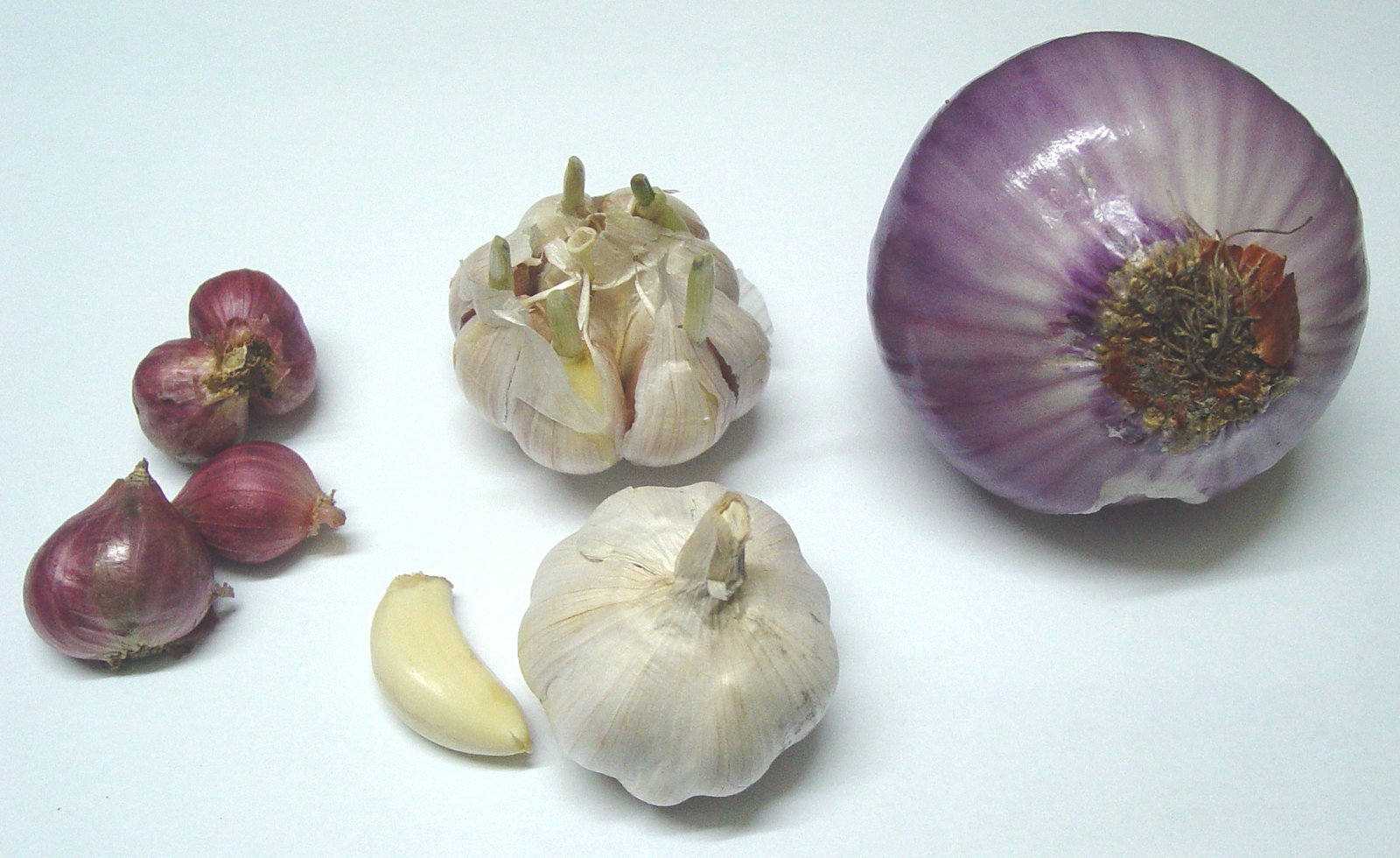
Garlic and onion weren’t just for flavor in ancient recipes—they were potent medicines. Babylonian clay tablets and Greek medical texts both mention these bulbs as treatments for everything from digestive complaints to infections. Recent studies have unveiled compounds like allicin in garlic, which has a proven ability to fight bacteria and even some viruses. Onions, with their sulfur-rich compounds, also show promise for reducing inflammation and boosting immunity. It’s amazing how something so ordinary can pack such a powerful punch. Next time you’re chopping an onion, remember: you’re holding a tool that’s been valued for thousands of years, not just for taste but for healing.
Fermentation: Nature’s Pharmacy
Long before probiotics became a buzzword, ancient healers harnessed the power of fermentation. Texts from ancient India and Greece describe fermented milk, wine, and even vegetable concoctions as remedies for digestive ailments and other illnesses. Science now shows that fermented foods are teeming with beneficial bacteria that support gut health and modulate the immune system. What’s truly remarkable is that these healers understood, without microscopes or petri dishes, that something alive in their brews could heal the body. Fermented concoctions like kefir, kimchi, and kombucha are now enjoying a renaissance, bridging the gap between ancient wisdom and modern wellness trends.
The Mystery of Moldy Bread

The idea of using moldy bread to treat wounds might sound like a recipe for disaster, but ancient Egyptians and Greeks did just that. By applying moldy bread to infected wounds, they were unknowingly harnessing the power of natural antibiotics—long before penicillin was discovered in the 20th century. Modern analysis has revealed that certain molds produce antibacterial compounds, validating this age-old practice. There’s something almost poetic about the idea that the same fuzzy green stuff we throw away could once have been a lifesaver. The rediscovery of this remedy is a powerful reminder that solutions sometimes hide in the most unlikely places.
Willow Bark: The Original Aspirin
Before there were pills and pharmacies, there was willow bark. Ancient Greek and Chinese physicians recommended chewing on willow bark for pain relief and fever reduction. Centuries later, scientists isolated salicin, the active compound in willow, which became the blueprint for synthetic aspirin. Today, aspirin is one of the most widely used medications worldwide, but its roots stretch back thousands of years. This connection between old and new medicine is a perfect example of how tradition can shape innovation. When you reach for an aspirin, you’re participating in a healing ritual as old as civilization itself.
Turmeric: The Golden Healer

Turmeric, with its striking yellow hue, has been a cornerstone of Ayurvedic and Chinese medicine for millennia. Ancient texts praised its ability to “cool” inflammation and heal wounds. Today, curcumin—the active ingredient in turmeric—is the subject of hundreds of scientific studies for its anti-inflammatory and antioxidant properties. Some researchers are even exploring turmeric’s potential in fighting cancer and Alzheimer’s disease. While the full story is still unfolding, the enduring appeal of turmeric is a testament to the power of ancient observation. It’s as if the bright color itself is a beacon, guiding us back to forgotten truths.
Frankincense and Myrrh: Beyond the Christmas Story
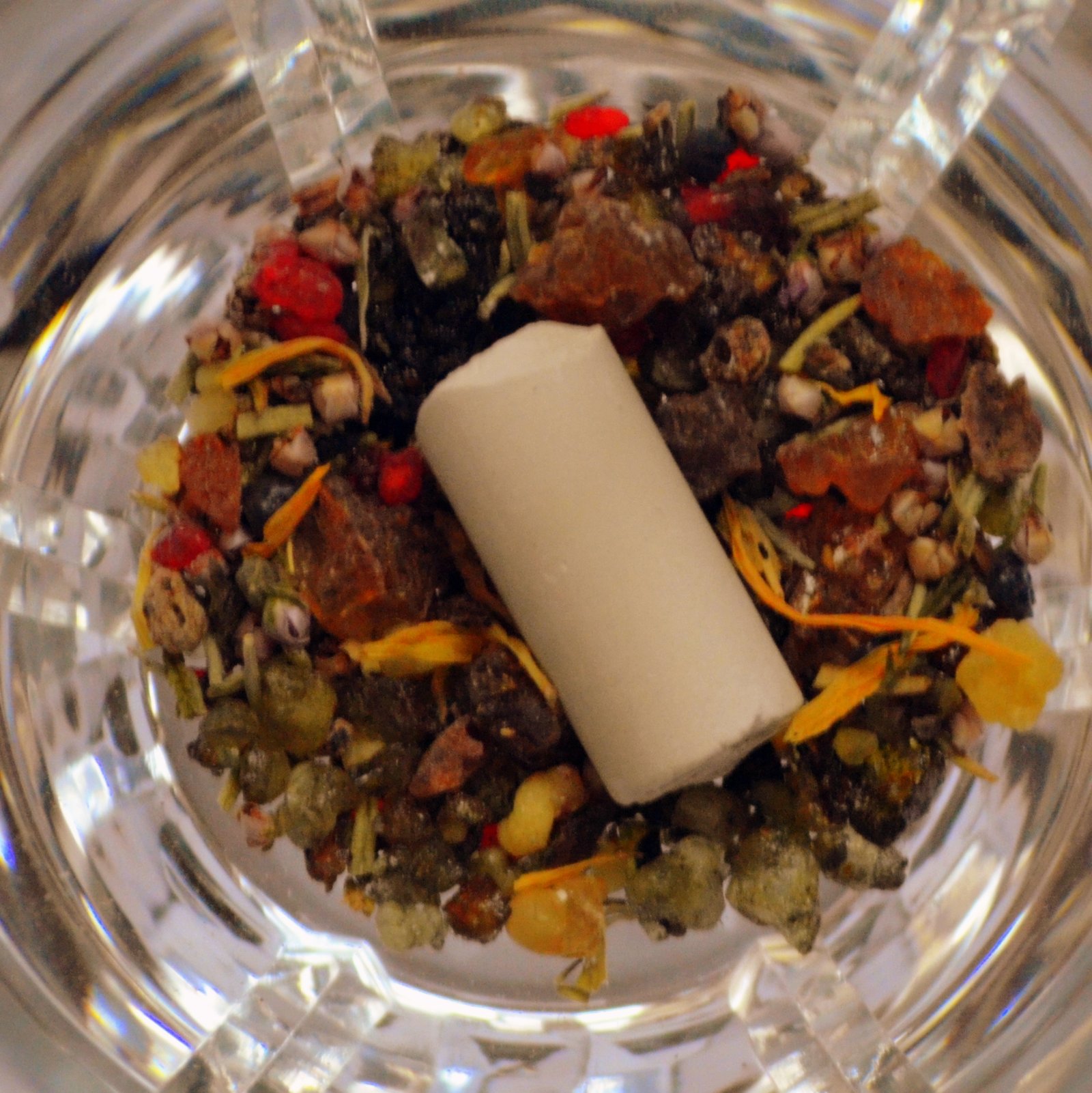
Frankincense and myrrh are often associated with biblical tales, but their medical significance runs much deeper. Ancient Egyptian, Greek, and Roman healers valued these resins for their antiseptic and anti-inflammatory properties. Recent research has shown that compounds in frankincense may help reduce arthritis pain and improve gut health, while myrrh extracts show promise in fighting bacteria and fungi. The fragrant smoke of these resins was more than ceremonial—it was a practical tool for healing. Rediscovering their potential is like unwrapping a gift from the past, full of unexpected benefits.
Licorice Root: Sweet Relief for Sore Throats
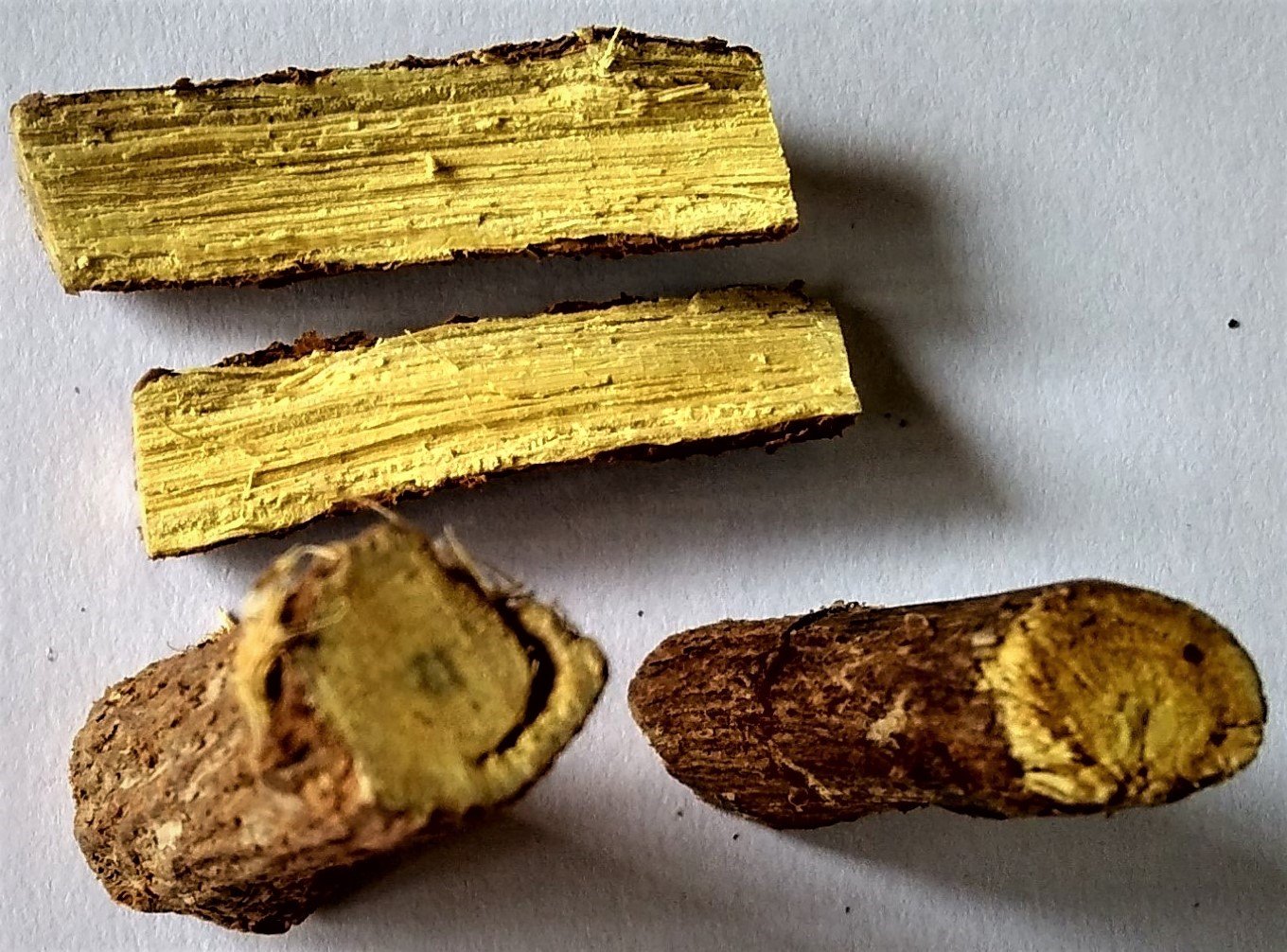
Licorice root appears in medical texts from Mesopotamia to China, praised for its soothing effects on the throat and digestive system. Modern studies have confirmed that glycyrrhizin, the active compound in licorice, has anti-inflammatory and antiviral properties. It’s still used today in cough syrups and herbal teas around the world. The sweet, comforting taste of licorice is more than just a treat—it’s a link to a long tradition of healing. Revisiting this ancient remedy reminds us that sometimes, the most effective solutions are the ones that have stood the test of time.
Opium Poppy: Pain Management Through the Ages
The opium poppy has a complicated legacy. Ancient Sumerian, Egyptian, and Greek texts all mention its use for pain relief and sedation. While the dangers of addiction are now well known, these early medical texts show a remarkable understanding of dosage and preparation. Modern painkillers like morphine and codeine are direct descendants of these ancient recipes. The challenge today is to balance the poppy’s powerful benefits with its risks—a lesson our ancestors understood better than we might think. Their careful, respectful approach to this potent plant offers a model for responsible medicine.
Herbal Poultices: Nature’s Bandages
Ancient healers didn’t just rely on internal remedies—they created herbal poultices and plasters to draw out infection and speed healing. Texts from Hippocrates and Galen describe mixtures of herbs like plantain, comfrey, and yarrow, mashed and applied directly to wounds. Modern research has shown that these plants contain antimicrobial and anti-inflammatory compounds that can promote healing. The tactile, hands-on nature of these remedies is deeply human, connecting us to the earth and each other. Recreating these poultices today is both an act of science and a tribute to the artistry of ancient medicine.
Vinegar and Oxymel: The Sour Solution
The combination of vinegar and honey, known as oxymel, was a popular remedy in Greek and Roman medicine for sore throats and coughs. Vinegar’s acetic acid is a mild disinfectant, while honey soothes and coats irritated tissues. Recent studies support the antimicrobial action of both ingredients, making oxymel a simple but effective solution for minor ailments. The sharp, tangy flavor of oxymel is a sensory reminder of the past—a time when medicine was as much about taste and experience as it was about biochemistry.
Minerals and Metals: Healing From the Earth
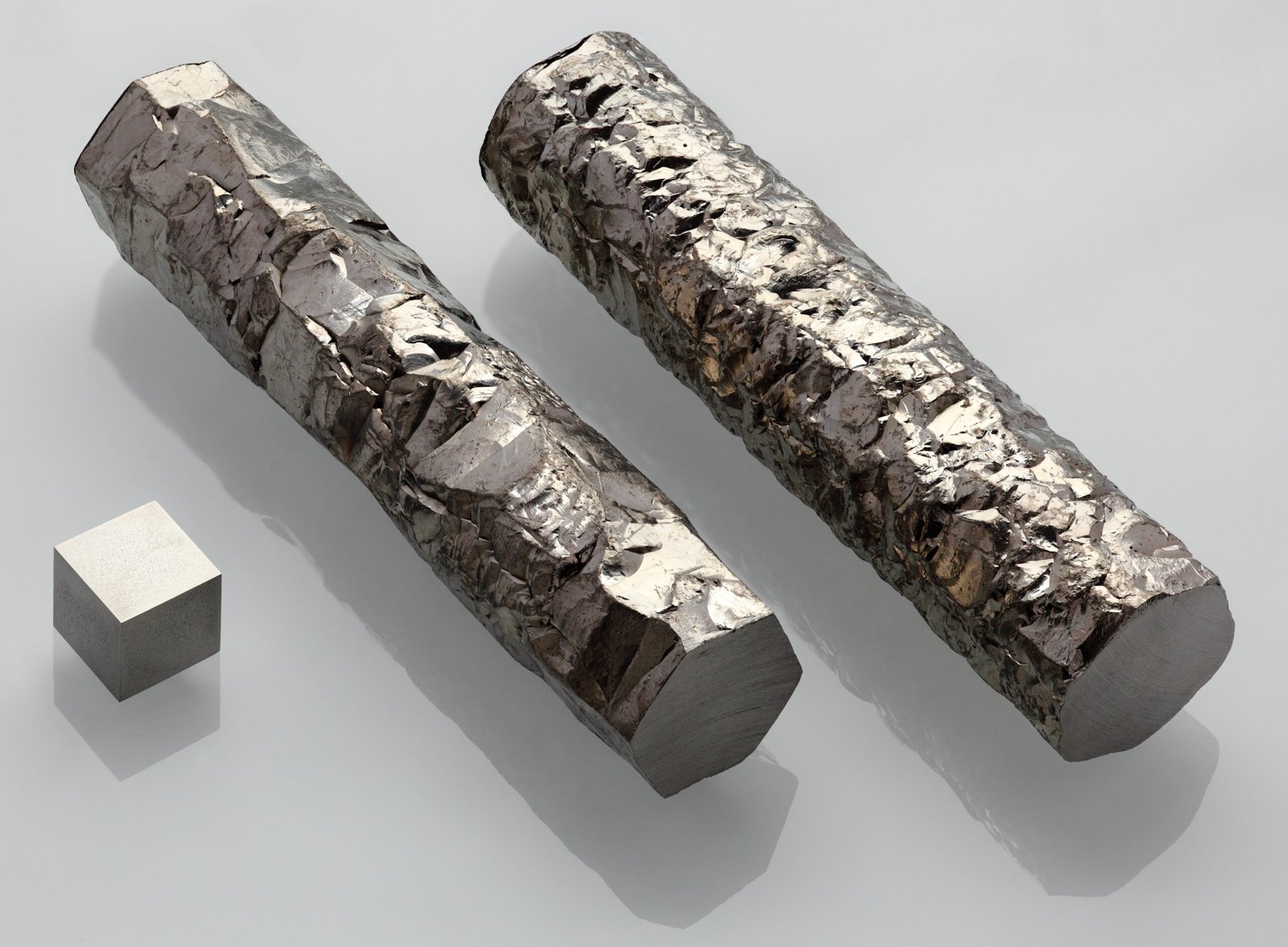
Ancient texts often mention minerals and metals like copper, silver, and mercury in their recipes. While mercury’s dangers are now clear, copper and silver have stood the test of time as antimicrobial agents. Recent research has revived interest in silver-based wound dressings and copper-infused fabrics for their ability to kill bacteria. This return to mineral medicine highlights a fascinating intersection between ancient intuition and cutting-edge science. Sometimes, the answer really does lie beneath our feet.
Animal-Derived Remedies: Oddities and Insights
Some ancient remedies might raise eyebrows today—think powdered mummy, snail slime, or even frog skin. While many animal-based treatments are now obsolete, a few have led to important discoveries. For example, compounds in frog skin have inspired new antibiotics, and bee venom is being studied for its potential in treating arthritis. These odd-sounding recipes remind us that curiosity, not conformity, is the engine of medical progress. Digging into the bizarre side of ancient medicine can sometimes spark the most unexpected breakthroughs.
Tea and Infusions: The Art of Extraction
Brewing leaves, roots, and flowers into teas was a cornerstone of ancient healing traditions. Whether it was willow bark tea for pain or chamomile for sleep, these infusions were a way to extract medicinal compounds gently and safely. Today, herbal teas are popular for their soothing effects, but modern science is also exploring their active ingredients for potential new drugs. The ritual of brewing and sipping tea is more than comfort—it’s a daily act of reconnecting with a tradition that spans the globe and the centuries.
Balancing Body and Mind: Holistic Approaches
Many ancient medical texts take a holistic view, treating the body and mind as inseparable. Techniques like meditation, breathwork, and massage are mentioned alongside herbal remedies. Today, research supports the idea that stress and mental health can influence physical illness, just as ancient healers believed. Integrating mind-body practices with modern medicine is a growing trend, inspired by these age-old insights. The wisdom of balance and harmony is as relevant now as it was in the time of the pharaohs.
Lost and Found: The Role of Archaeobotany
Archaeobotanists—scientists who study ancient plant remains—are helping to reconstruct lost recipes by analyzing seeds, pollen, and plant fibers from archaeological sites. Their findings can confirm or challenge what’s written in ancient texts. For instance, the discovery of medicinal herbs in ancient burial sites suggests that healing was an integral part of daily life. These tiny botanical clues deepen our understanding of how people once lived, healed, and thrived. It’s a bit like forensic science, but with a green thumb.
Community and Ritual: The Social Side of Healing
Healing in ancient times was rarely a solo effort. Recipes were shared, rituals performed, and remedies prepared in communal settings. The social aspect of medicine—gathering herbs together, preparing poultices, or brewing teas—was as important as the remedy itself. This sense of community fostered trust and resilience, qualities that are just as vital today. Rediscovering these rituals reminds us that healing is not only about the body, but about connection and shared experience.
Modern Miracles: Bringing the Past Into the Future

As researchers continue to decode ancient texts, new possibilities for treatment emerge. Some old remedies are being adapted for use against modern superbugs, while others inspire novel pharmaceuticals. The blending of ancient recipes with modern technology is creating a new frontier in medicine—one that honors the past while embracing the future. Every rediscovered recipe is a testament to human ingenuity, reminding us that innovation often begins with the simple act of remembering.

